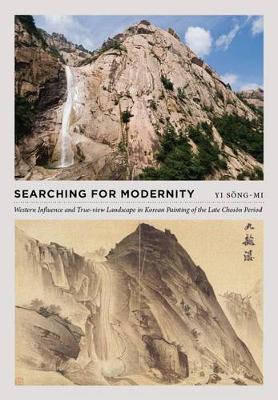Korean painters participated in two major cultural trends of the late Choson period in the eighteenth and nineteenth centuries: inquiry into things Korean and investigation of things Western. Departing from Chinese sources long considered authoritative, they developed the distinctly Korean mode known as “true-view” landscape painting for depicting the scenery of their own country. Rooted in the documentary painting of the early Choson period and displaying special techniques developed to describe distinctive features of Korea’s topography, true-view paintings portray the most exemplary and ideal landscapes of Korea, such as those of Mount Kumgang (Diamond Mountain).
The same painters also drew on Western painting methods, which they learned from descriptions of Western paintings seen and recorded by Korean emissaries to Beijing as well as from actual paintings brought back. This knowledge inspired them to produce not only landscapes but also portraits, images of animals and other paintings based on firsthand observation of nature. Both trends, looking inward to Korea and outward to the West, represented Korean aspiration for something new — for “modernity.” Deftly weaving these two strands together as the unifying theme of Searching for Modernity, Yi Song-mi expands on her pioneering work on true-view landscape painting to reveal even more of the depth and complexity of this mature and fully Korean form of artistic expression.
- ISBN10 0295993936
- ISBN13 9780295993935
- Publish Date 1 January 2015
- Publish Status Active
- Publish Country US
- Imprint University of Washington Press
- Format Hardcover
- Pages 232
- Language English
